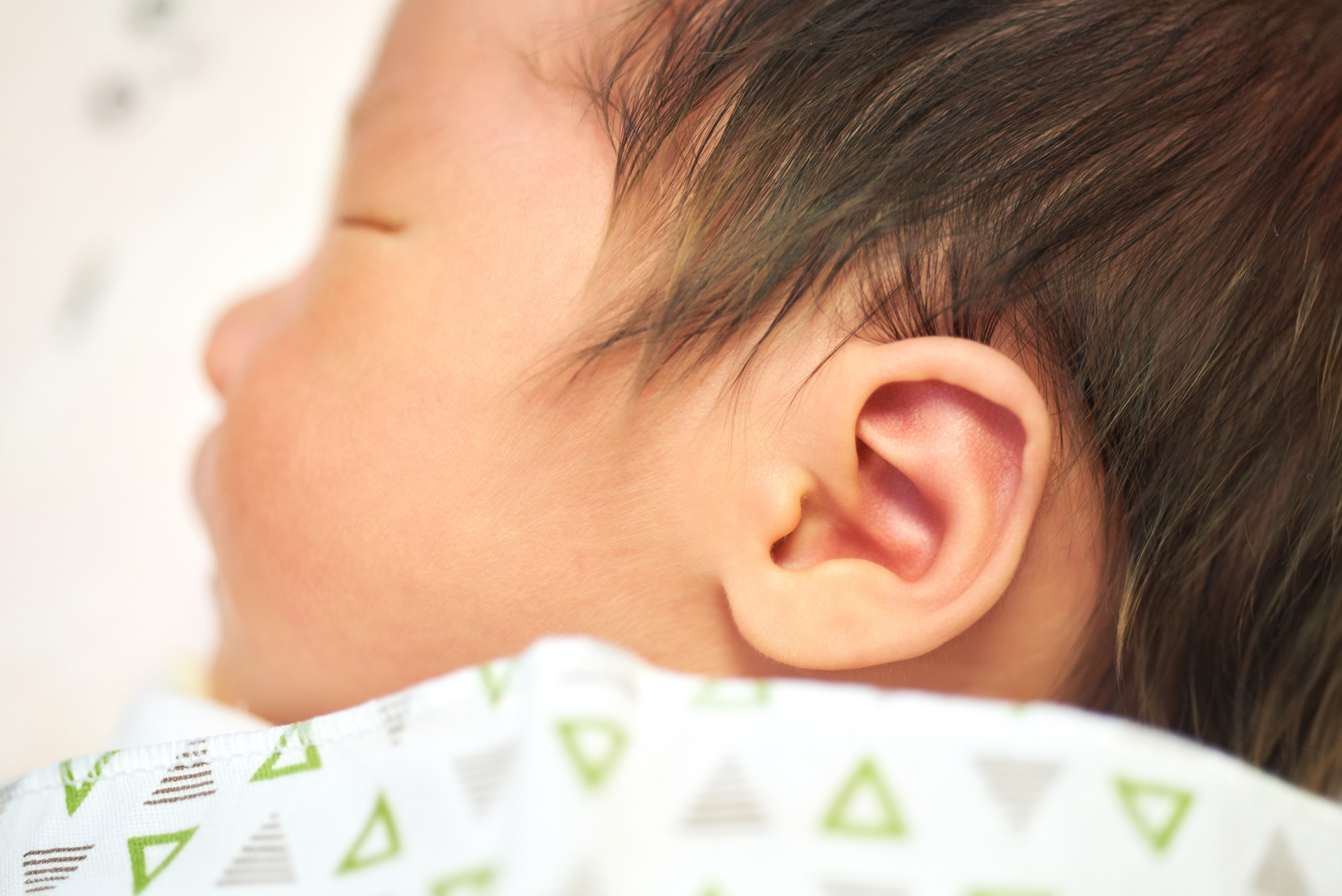Learning to hear
Only a few types of sound reach babies in the womb, but that may help them learn to process auditory input as they grow.

Human fetuses can begin to hear at around 20 weeks of gestation, but only low-frequency sounds penetrate the muffled environment of the womb. A new study suggests that this is a feature, not a bug.
Using simple computer models of human auditory processing, professor of vision and computational neuroscience Pawan Sinha, SM ’92, PhD ’95, and colleagues showed that performance on tasks such as identifying emotions from a voice clip was better when the input the model received while learning the task was initially limited to these low frequencies.
Along with a previous study by the same team, which showed that early exposure to blurry images of faces improves computer models’ subsequent performance in face recognition, the findings suggest that initially receiving low-quality sensory input may be key to some aspects of brain development, especially when it comes to absorbing information over larger areas or longer periods of time.
“Instead of thinking of the poor quality of the input as a limitation that biology is imposing on us, this work takes the standpoint that perhaps nature is being clever and giving us the right kind of impetus to develop the mechanisms that later prove to be very beneficial when we are asked to deal with challenging recognition tasks,” Sinha says.
In practical terms, the new findings suggest that babies born prematurely may benefit from being exposed to lower-frequency sounds rather than the full spectrum that they now hear in neonatal intensive care units, the researchers say.
Keep Reading
Most Popular
Large language models can do jaw-dropping things. But nobody knows exactly why.
And that's a problem. Figuring it out is one of the biggest scientific puzzles of our time and a crucial step towards controlling more powerful future models.
How scientists traced a mysterious covid case back to six toilets
When wastewater surveillance turns into a hunt for a single infected individual, the ethics get tricky.
The problem with plug-in hybrids? Their drivers.
Plug-in hybrids are often sold as a transition to EVs, but new data from Europe shows we’re still underestimating the emissions they produce.
Google DeepMind’s new generative model makes Super Mario–like games from scratch
Genie learns how to control games by watching hours and hours of video. It could help train next-gen robots too.
Stay connected
Get the latest updates from
MIT Technology Review
Discover special offers, top stories, upcoming events, and more.